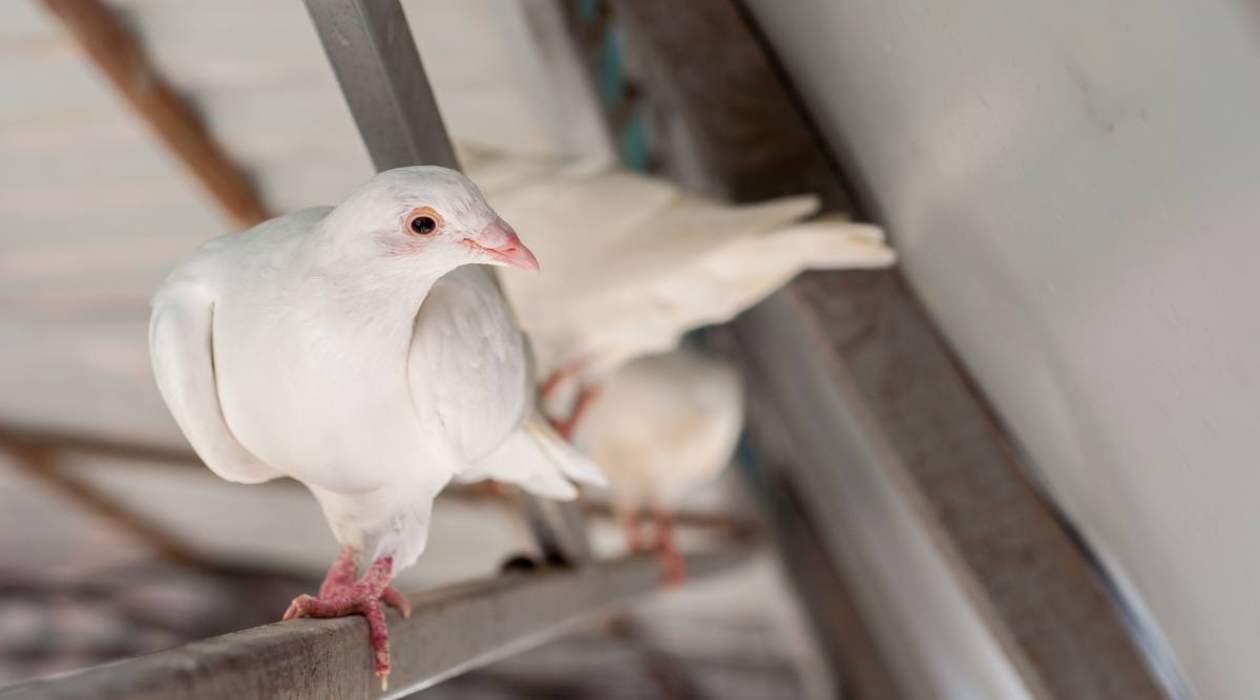

Articles
How To Get Birds Out Of Your Attic
Modified: October 18, 2024
Learn effective ways to remove birds from your attic in this comprehensive article. Find helpful tips and techniques to solve this common problem and protect your home.
(Many of the links in this article redirect to a specific reviewed product. Your purchase of these products through affiliate links helps to generate commission for Storables.com, at no extra cost. Learn more)
Introduction
Having birds in your attic can be a nuisance. Apart from the noise they create, these feathered creatures can cause damage to your property and pose health risks to you and your family. If you’re dealing with a bird infestation in your attic, it’s crucial to take necessary steps to remove them safely and prevent future infestations.
In this comprehensive guide, we will walk you through the process of getting birds out of your attic. From identifying the signs of their presence to implementing preventive measures, we’ll cover everything you need to know to tackle this problem effectively.
Before we dive into the steps, it’s important to understand why birds are attracted to attics in the first place. Attics provide birds with a warm and sheltered environment, making them ideal for nesting and protecting their young. Some common bird species found in attics include pigeons, sparrows, starlings, and chimney swifts.
Now, let’s get started and learn how to get rid of those pesky birds in your attic!
Key Takeaways:
- Identifying the presence of birds in your attic and understanding the specific bird species involved is crucial for effective removal and prevention strategies. Assessing risks, timing, and creating an exit strategy are key steps in safely and humanely removing birds from your attic.
- After successfully removing the birds, thorough cleaning, repairing any damage, and implementing preventive measures are essential to maintain a bird-free attic. Sealing potential entry points and installing bird deterrents significantly reduce the chances of future infestations.
Read more: How To Get A Bird Out Of The Fireplace
Step 1: Identify the presence of birds in your attic
The first step in resolving a bird infestation in your attic is to identify whether or not birds are indeed present. Here are some signs to look out for:
- Noises: Listen for chirping, fluttering, or scratching sounds coming from your attic. Birds are active during the day, so you’re more likely to hear them during daylight hours.
- Droppings: Check for bird droppings in and around your attic. Bird droppings are usually small and may resemble tiny pellets or splatters.
- Nests: Look for bird nests in corners, rafters, or other areas of your attic. Nests are often made of twigs, grass, feathers, and other materials.
- Damage: Birds may cause damage to insulation, wiring, and other structures in your attic as they build their nests and forage for food.
- Birds entering and exiting: Observe your home exterior to see if you notice any birds entering or exiting through holes or gaps.
Once you have confirmed the presence of birds in your attic, it’s important to identify the specific bird species. Different bird species have different nesting habits and removal techniques. Some common bird species found in attics include:
- Pigeons: Pigeons are common urban birds known for their cooing sound and tendency to perch on buildings. They can cause significant damage to your attic and carry various diseases.
- Sparrows: Sparrows are small birds that often build their nests in small cavities, including attic spaces. They are known for their chirping and can be challenging to remove without professional assistance.
- Starlings: Starlings are medium-sized birds that form large flocks. They are known for their loud chattering and can create quite a mess in your attic.
- Chimney Swifts: Chimney swifts are small, migratory birds that commonly nest in chimneys but can also make their way into attics. They are protected by federal law and require special removal permits.
Understanding the bird species present in your attic will help you determine the best approaches for removal and prevention.
Step 2: Assess the risks and damage caused by birds in the attic
Once you’ve identified the presence of birds in your attic, it’s essential to assess the potential risks and damage they can cause. Here are some common problems associated with bird infestations:
- Structural damage: Birds can cause structural damage to your attic by pecking at wood, insulation, and electrical wires. Over time, this damage can lead to weakened structures and potential fire hazards.
- Noise disturbance: Birds in the attic can create a significant amount of noise, especially during nesting and mating seasons. This can disturb your sleep, peace, and overall well-being.
- Unpleasant odors: Accumulated bird droppings and nests can emit foul odors that permeate throughout your home. These odors can be difficult to eliminate and may require professional cleaning.
- Health risks: Birds in the attic can carry various diseases and parasites, including ticks, fleas, and mites. Direct contact with bird droppings or inhaling the dust from dried droppings can lead to respiratory issues.
- Reduced energy efficiency: Birds may disrupt insulation, causing a decrease in energy efficiency and an increase in heating or cooling costs.
- Fire hazards: Birds may build nests near heat sources, such as light fixtures or electrical equipment, increasing the risk of fire.
It’s crucial to address these issues promptly to prevent further damage and ensure the safety of your home and family.
Furthermore, it’s important to be aware of the health risks associated with birds in the attic. Bird droppings can contain harmful bacteria, fungal spores, and parasites that can cause diseases such as histoplasmosis, cryptococcosis, and salmonellosis.
People with compromised immune systems, respiratory conditions, or allergies are particularly susceptible to these health risks. Therefore, it’s essential to take appropriate precautions when dealing with bird infestations in your attic.
Step 3: Determine the best time to remove the birds
When it comes to removing birds from your attic, timing is important. It’s crucial to consider nesting seasons, legal considerations, and other factors before initiating bird removal. Here’s what you need to know:
- Nesting seasons and legal considerations: Birds have nesting seasons during which they build nests, lay eggs, and raise their young. It’s important to avoid disturbing birds during nesting seasons, as it may be illegal and cause harm to the birds and their offspring. Research the nesting seasons of the bird species in your area and ensure compliance with local laws and regulations.
- Factors to consider before bird removal: Before removing the birds, consider the following factors:
- Species: Different bird species may have different nesting habits, breeding cycles, and migration patterns. Understanding the behavior and biology of the birds in your attic will help you determine the appropriate time for removal.
- Number of birds: Assess the size of the bird population in your attic. If there are only a few birds, they may be easier to remove compared to a large flock.
- Nest locations: Take note of the locations of the nests and consider if they pose immediate risks or if they can be safely removed later.
- Access points: Identify the entry points the birds are using to access your attic. This will help you block their access during the removal process.
- Time sensitivity: Determine if there are any urgent reasons to remove the birds, such as immediate structural damage or health risks.
By considering these factors, you can plan and execute bird removal in a way that minimizes harm to the birds and ensures a successful outcome.
It’s worth noting that for certain protected bird species, such as chimney swifts, you may require special permits or professional assistance for removal due to legal restrictions. Research local laws and consult with wildlife experts or relevant authorities to ensure compliance with regulations.
Step 4: Create an exit strategy for the birds
Before removing the birds from your attic, it’s important to create an exit strategy that encourages them to leave on their own. Here are some methods you can use:
- Natural exits and deterrents: Open windows or vents in your attic to create natural exits for the birds. Additionally, you can use visual deterrents such as shiny objects, scarecrows, or even a decoy bird to discourage them from staying in the area.
- Blocking access points and preventing re-entry: Identify and seal off any access points that birds are using to enter your attic. Inspect your roof, vents, and eaves for gaps, holes, or damaged areas that need to be repaired or sealed. Use materials like wire mesh, caulk, or expandable foam to block the entry points.
- Consider professional assistance: If the bird infestation is severe or if you’re unsure about safely blocking access points, it may be best to consult with professional wildlife removal services. They have the expertise and equipment to safely remove the birds and ensure they don’t return.
It’s important to note that birds may take some time to leave on their own, especially if they have established nests or if their young are present. Be patient and allow the birds to exit naturally while continuing to take preventive measures.
Once the birds have left your attic, it’s crucial to prevent re-entry. Regularly inspect and maintain your roof, vents, and other potential entry points to ensure they remain sealed. Consider installing bird deterrents like bird spikes, bird netting, or sonic repellents to discourage future infestations.
By creating an effective exit strategy and taking preventive measures, you can successfully remove the birds from your attic and significantly reduce the chances of re-infestation.
Seal off any entry points to prevent more birds from entering, then install a one-way exit to allow the birds to leave but not re-enter. Finally, clean and disinfect the attic to remove any bird droppings and nesting materials.
Read more: How To Get Bird Out Of Chimney
Step 5: Remove the birds from your attic safely and humanely
Once you have created an exit strategy and implemented preventive measures, it’s time to remove the birds from your attic. Depending on the severity of the infestation and your comfort level, you can choose between DIY methods or hiring professional bird removal services.
- DIY methods for bird removal: If you prefer to handle the bird removal yourself, here are some DIY methods you can try:
- Using a broom or long stick: Gently encourage the birds to fly towards the open exit using a broom or long stick. Be cautious and avoid causing harm to the birds.
- Using a mist of water: Birds dislike being sprayed with water. Use a spray bottle to mist them gently, encouraging them to leave through the open exit.
- Playing loud noises: Birds are sensitive to loud noises. Play loud music or use a white noise machine near the exit to encourage them to leave.
- Using a net: If the birds are persistent and not responding to other methods, you can carefully capture them using a net. Release them outside away from your property.
- Hiring professional bird removal services: If you’re uncomfortable handling the bird removal yourself or if the infestation is extensive, it’s best to hire professional bird removal services. These experts have the necessary knowledge, experience, and equipment to safely and humanely remove the birds from your attic.
Professional bird removal services will assess the situation, use methods that comply with local regulations, and ensure the safety of both the birds and your property. They may also provide additional services such as cleaning up bird droppings, disinfection, and sealing off access points to prevent future infestations.
Regardless of the approach you choose, it’s crucial to handle the bird removal process with care, ensuring the safety and well-being of both the birds and yourself.
Step 6: Clean and repair the attic after bird removal
Once the birds have been successfully removed from your attic, it’s important to thoroughly clean and repair the space. Here are the necessary steps:
- Cleaning up bird droppings and nests: Bird droppings and nests can harbor bacteria, parasites, and fungal spores, posing a health risk. Take the following precautions when cleaning:
- Wear protective gear such as gloves, a mask, and goggles.
- Moisten the droppings and nests with a disinfectant solution to minimize the release of airborne particles.
- Carefully remove the droppings and nests using a damp cloth or disposable tools. Place them in sealed bags for disposal.
- Clean the affected area with a disinfectant, following the manufacturer’s instructions. Pay particular attention to surfaces that may have been contaminated with droppings.
- Dispose of the cleaning materials and any contaminated materials properly.
- Repairing any damage caused by birds: Birds can cause damage to insulation, wiring, and other structures in your attic. Assess the extent of the damage and take the necessary steps to repair and restore your attic:
- Replace or repair damaged insulation. Ensure proper installation to maintain energy efficiency.
- Repair any chewed or damaged wiring. Consult a professional electrician if needed.
- Inspect and repair any cracks, holes, or damaged areas in the attic walls, roof, or vents. Use appropriate sealants and materials to prevent re-entry by birds.
- If necessary, consult with professionals such as roofers and contractors for major repairs or renovations.
By thoroughly cleaning and repairing your attic, you will not only eliminate lingering odors and potential health hazards but also ensure the structural integrity and functionality of the space.
Step 7: Prevent future bird infestations in your attic
After removing the birds and cleaning up your attic, it’s important to take preventive measures to avoid future infestations. Here are steps you can take to keep birds out of your attic:
- Sealing potential entry points: Inspect your attic and the exterior of your home for any gaps, holes, or damaged areas that birds can use to enter your attic. Seal these entry points using materials such as wire mesh, caulk, or expandable foam. Pay attention to areas around vents, roof edges, and openings in the eaves.
- Installing bird deterrents and repellents: There are various bird deterrents and repellents available that can discourage birds from nesting or roosting in your attic:
- Bird spikes: Install bird spikes on ledges, rooflines, and other areas where birds tend to land. The spikes make it uncomfortable for birds to perch, discouraging them from staying.
- Bird netting: Use bird netting to create a physical barrier around your attic vents to prevent birds from entering. Ensure the netting is properly installed and secured.
- Sonic repellents: Sonic devices emit sounds that are unpleasant to birds without causing harm. These devices can deter birds from entering your attic. Choose devices that allow you to adjust the frequency and volume to suit the specific bird species.
- Visual deterrents: Install visual deterrents such as reflective tape, scare balloons, or owl decoys in areas where birds are likely to gather. These visual cues can create an illusion of danger and deter birds from approaching.
- Regular maintenance: Regularly inspect your property for any signs of bird activity, such as nests or droppings. Take immediate action if you notice any potential entry points or signs of birds attempting to roost.
By sealing potential entry points and installing bird deterrents and repellents, you can significantly reduce the chances of future bird infestations in your attic.
Remember, prevention is key. Stay vigilant and address any issues promptly to maintain a bird-free attic and protect your property from potential damage and health risks.
Conclusion
Dealing with birds in your attic can be a challenge, but with the right knowledge and approach, you can successfully remove them and prevent future infestations. In this comprehensive guide, we have covered the key steps to getting birds out of your attic:
First, it is crucial to identify the presence of birds in your attic by looking for signs such as noises, droppings, nests, and damage. Understanding the specific bird species involved will help inform your removal strategy.
Assessing the risks and damage caused by birds in your attic is essential. Birds can cause structural damage, noise disturbances, health risks, reduced energy efficiency, and even fire hazards. Taking these risks into consideration motivates timely action.
Next, determining the best time for bird removal is crucial. Understanding nesting seasons and legal considerations ensures compliance with regulations and protects the birds and their offspring. Factors such as species, population size, nest locations, access points, and time sensitivity should also be considered.
Creating an exit strategy for the birds involves natural exits, deterrents, and blocking access points to prevent re-entry. Encouraging the birds to leave on their own and sealing off entry points help in successfully removing them from your attic.
Removing the birds safely and humanely can be done through DIY methods or by hiring professional bird removal services. Both approaches have their benefits, but the choice depends on your comfort level and the severity of the infestation. The important aspect is ensuring the safety and well-being of the birds and yourself.
Cleaning and repairing the attic after bird removal is crucial for maintaining a healthy and functional space. Safely cleaning up bird droppings and nests, as well as repairing any damage caused by the birds, ensures a fresh and restored attic.
Preventing future bird infestations requires sealing potential entry points and installing bird deterrents and repellents. By eliminating access and creating an inhospitable environment, you can minimize the chances of birds returning to your attic.
In conclusion, successfully getting birds out of your attic requires careful planning, patience, and a humane approach. By following the steps outlined in this guide, you can tackle the bird infestation effectively and enjoy a bird-free attic for years to come.
Frequently Asked Questions about How To Get Birds Out Of Your Attic
Was this page helpful?
At Storables.com, we guarantee accurate and reliable information. Our content, validated by Expert Board Contributors, is crafted following stringent Editorial Policies. We're committed to providing you with well-researched, expert-backed insights for all your informational needs.
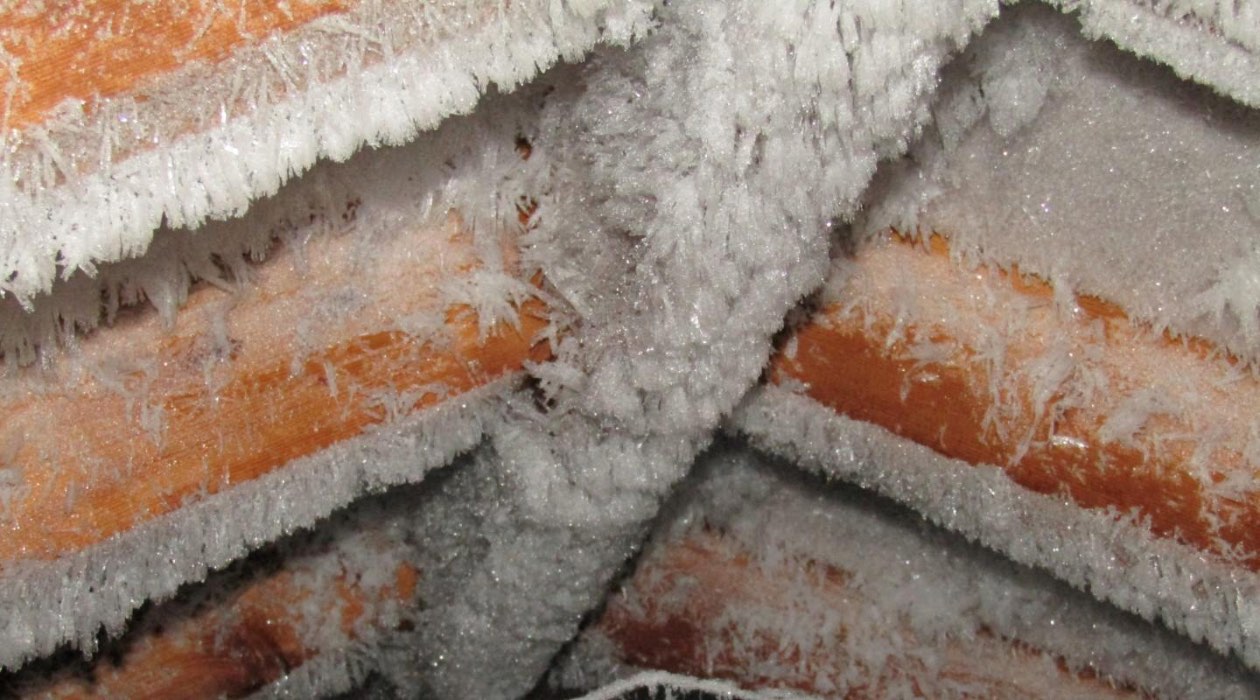
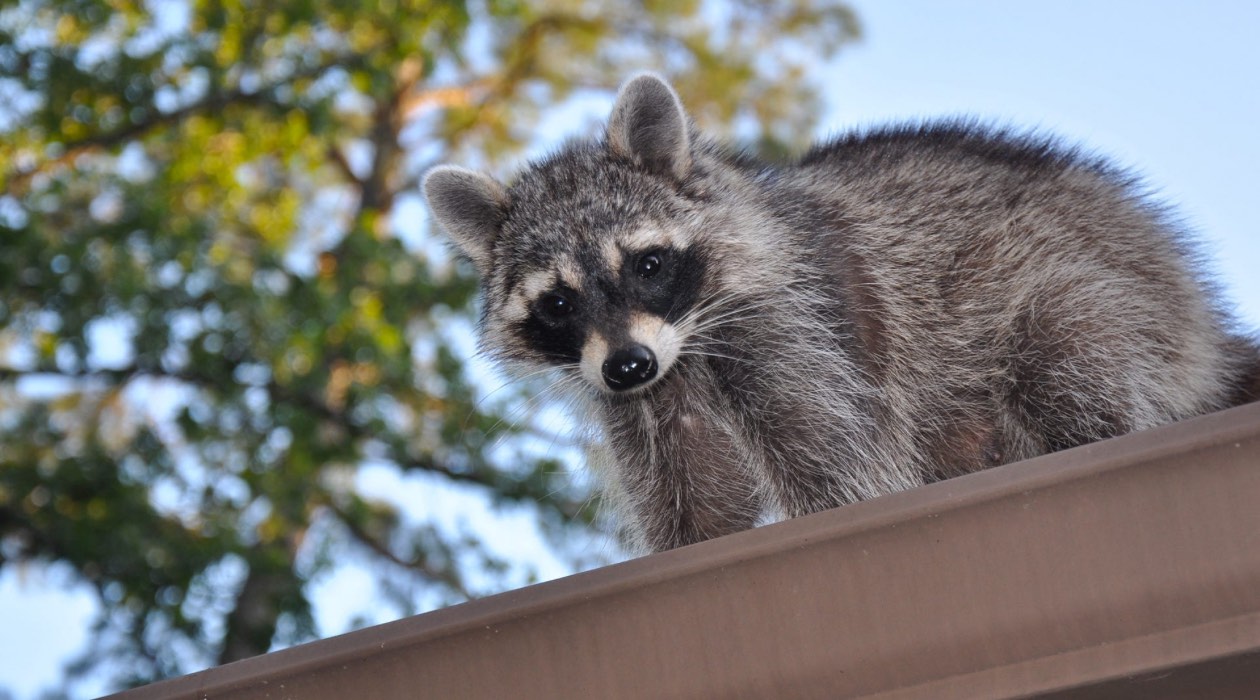
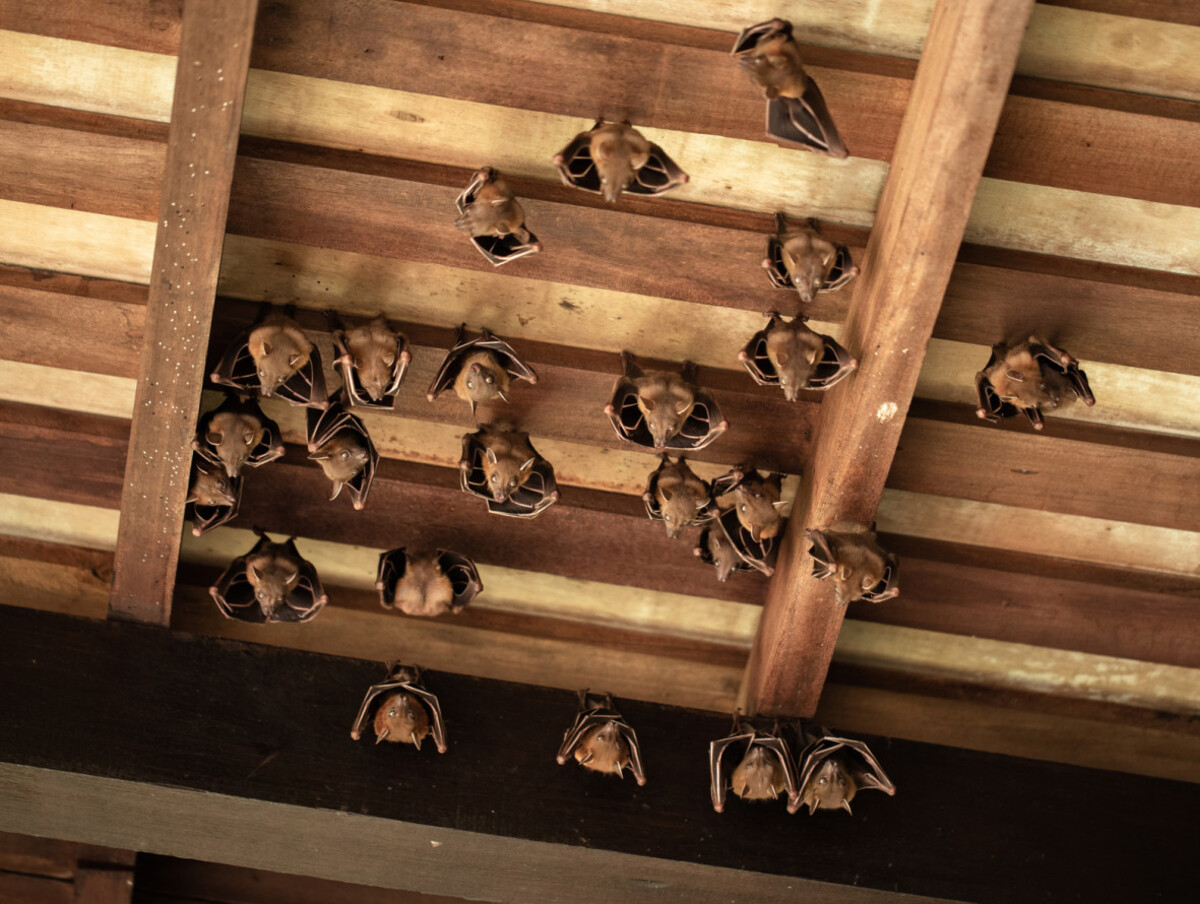
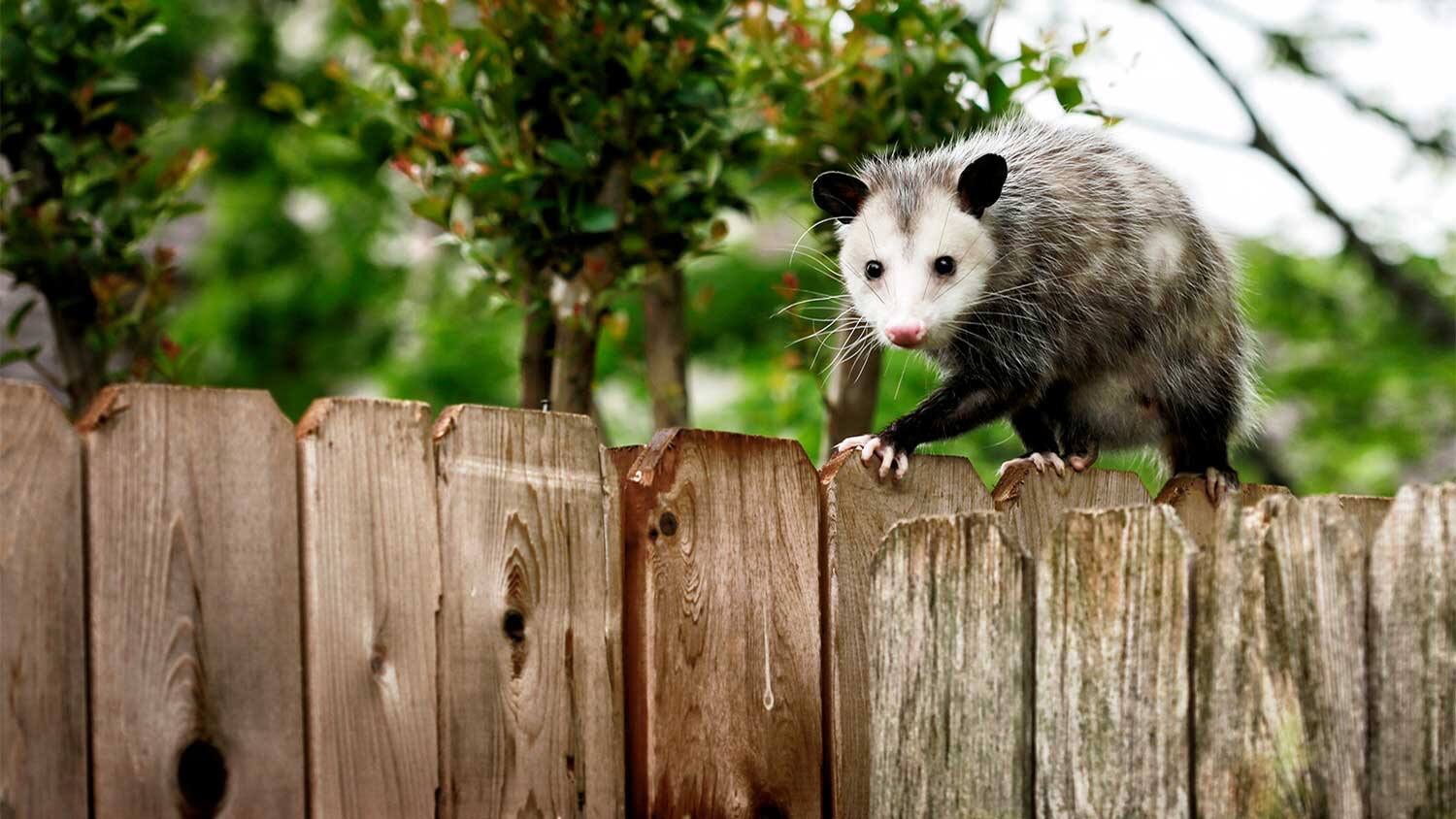
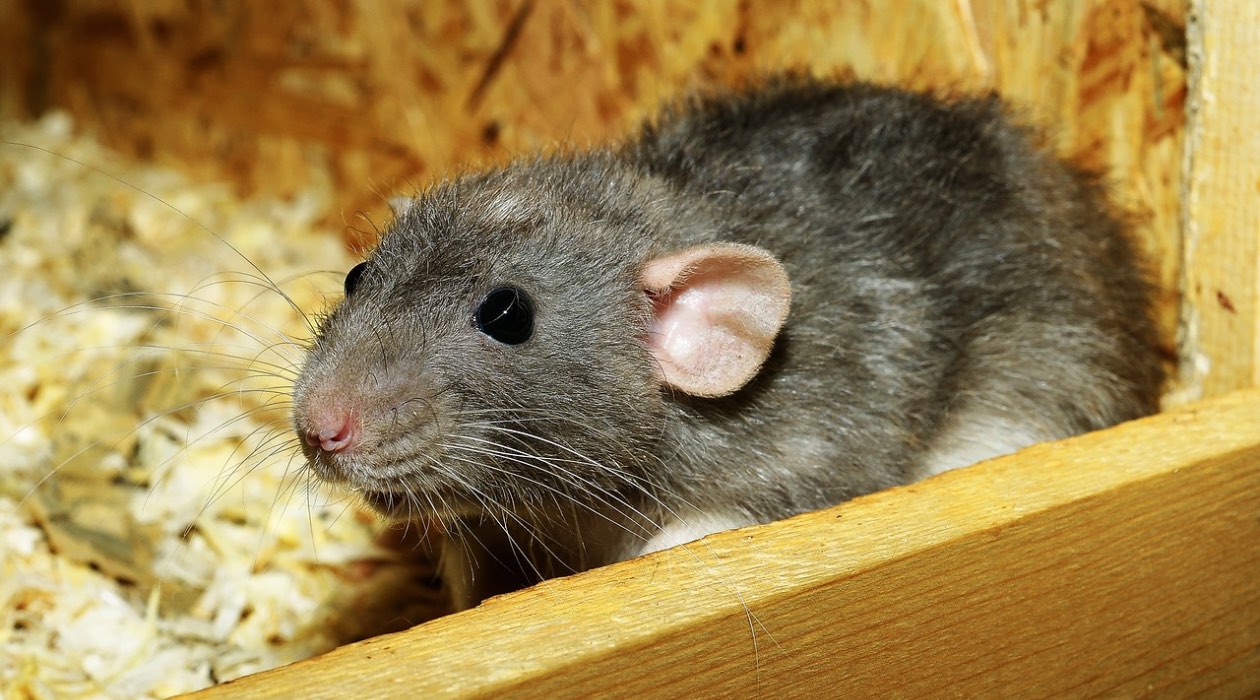
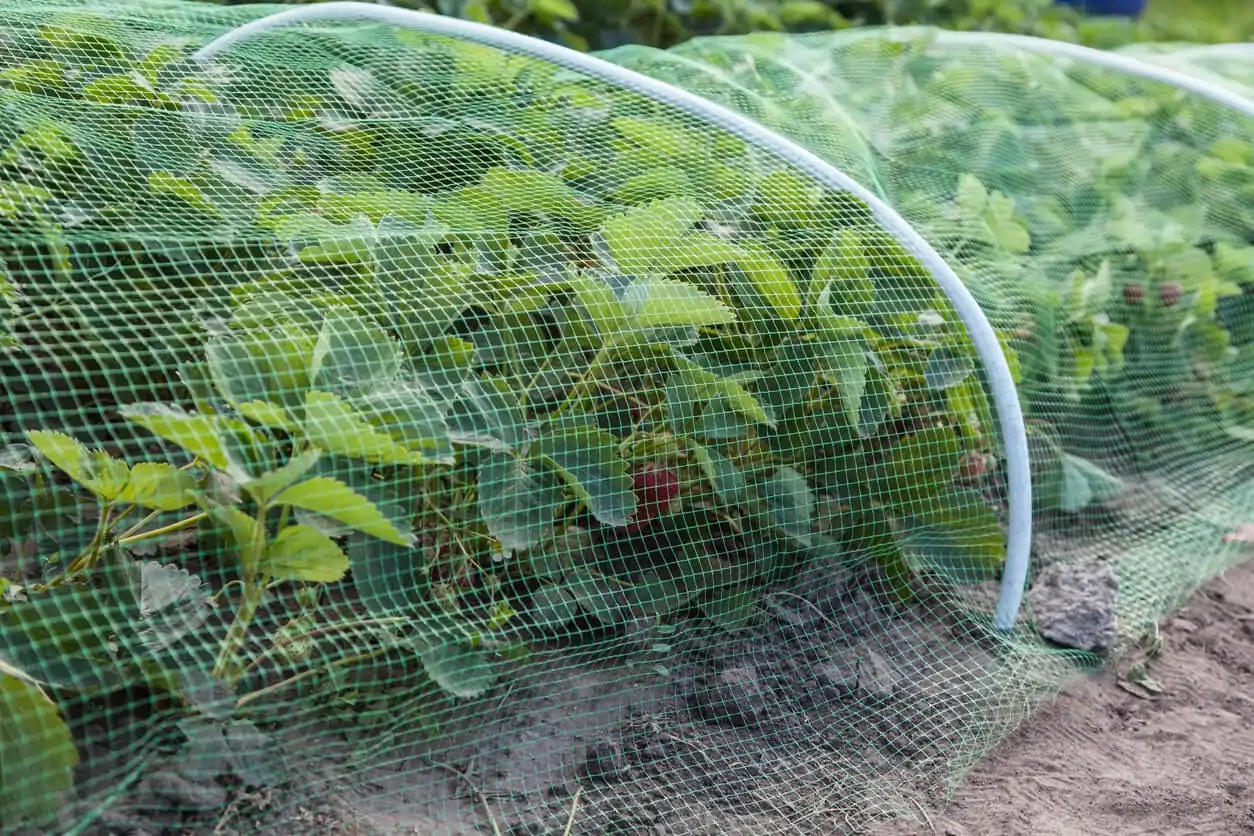
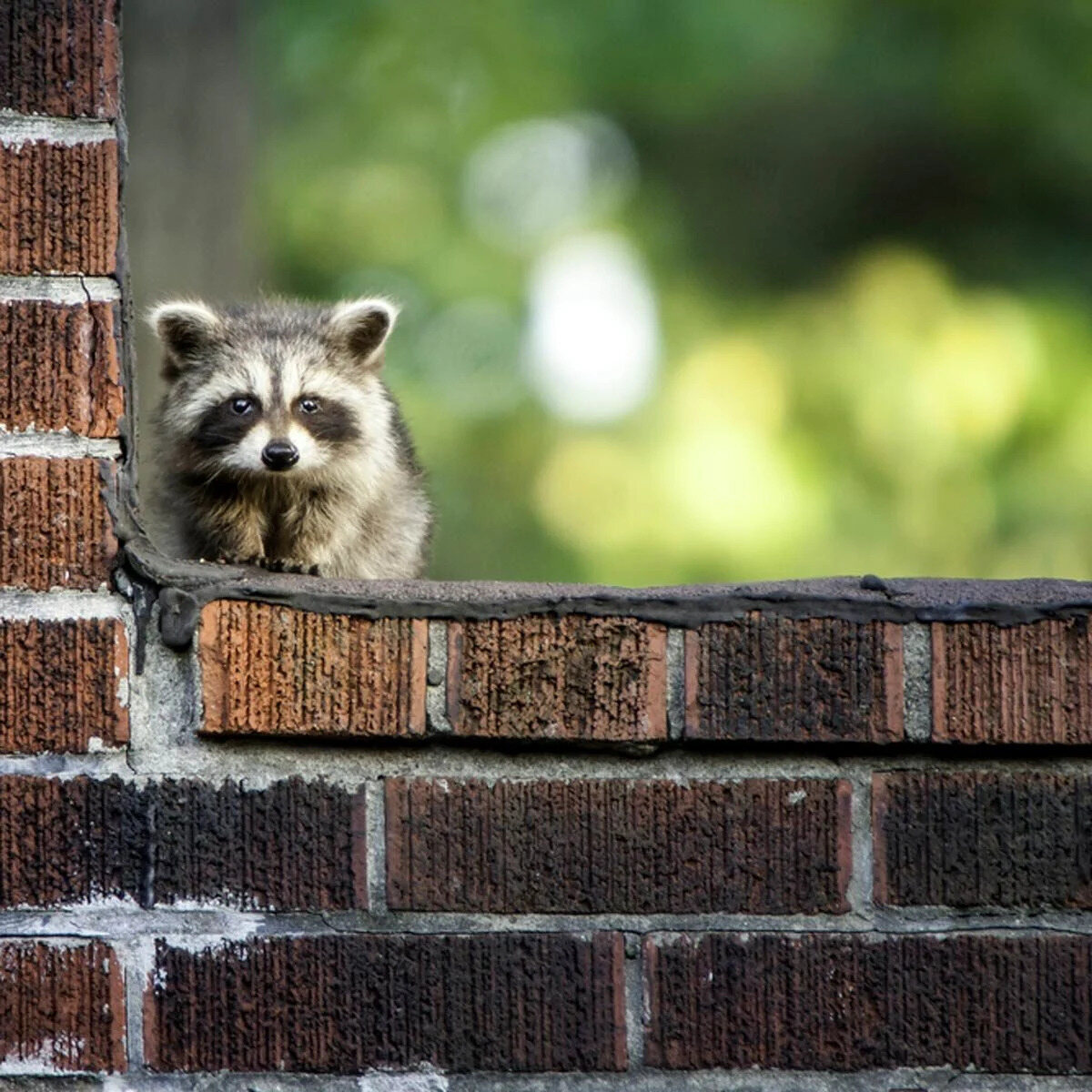
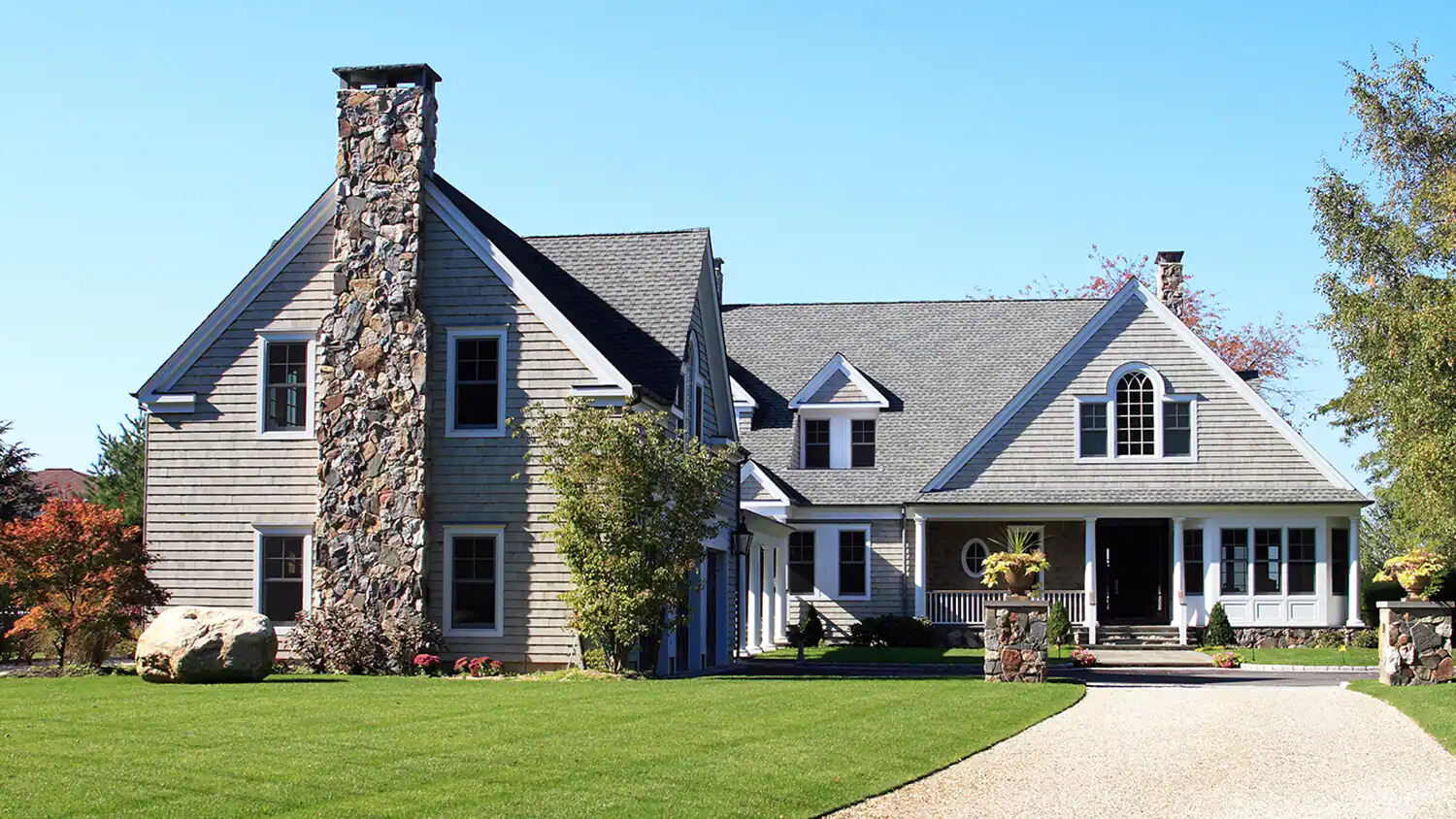
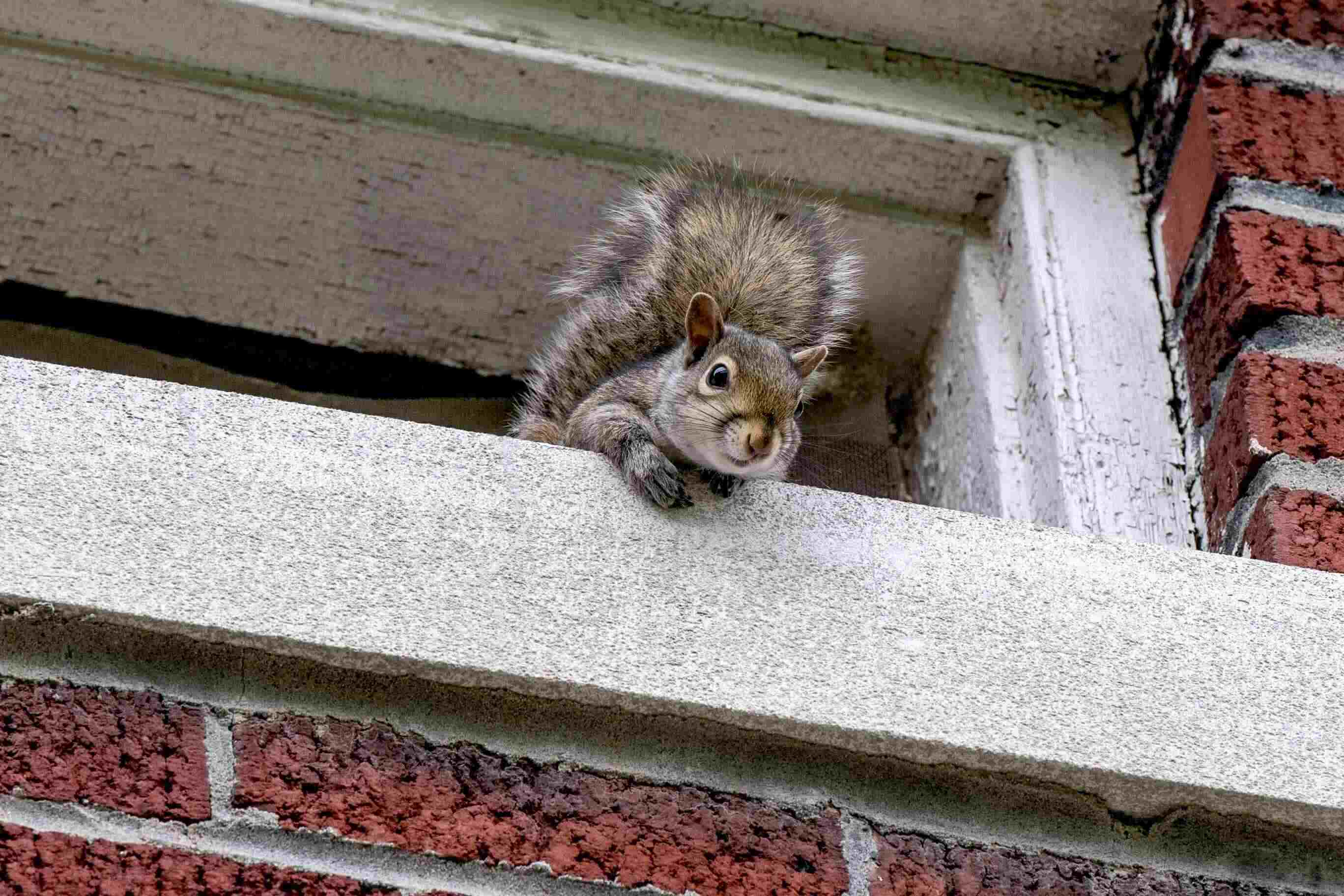
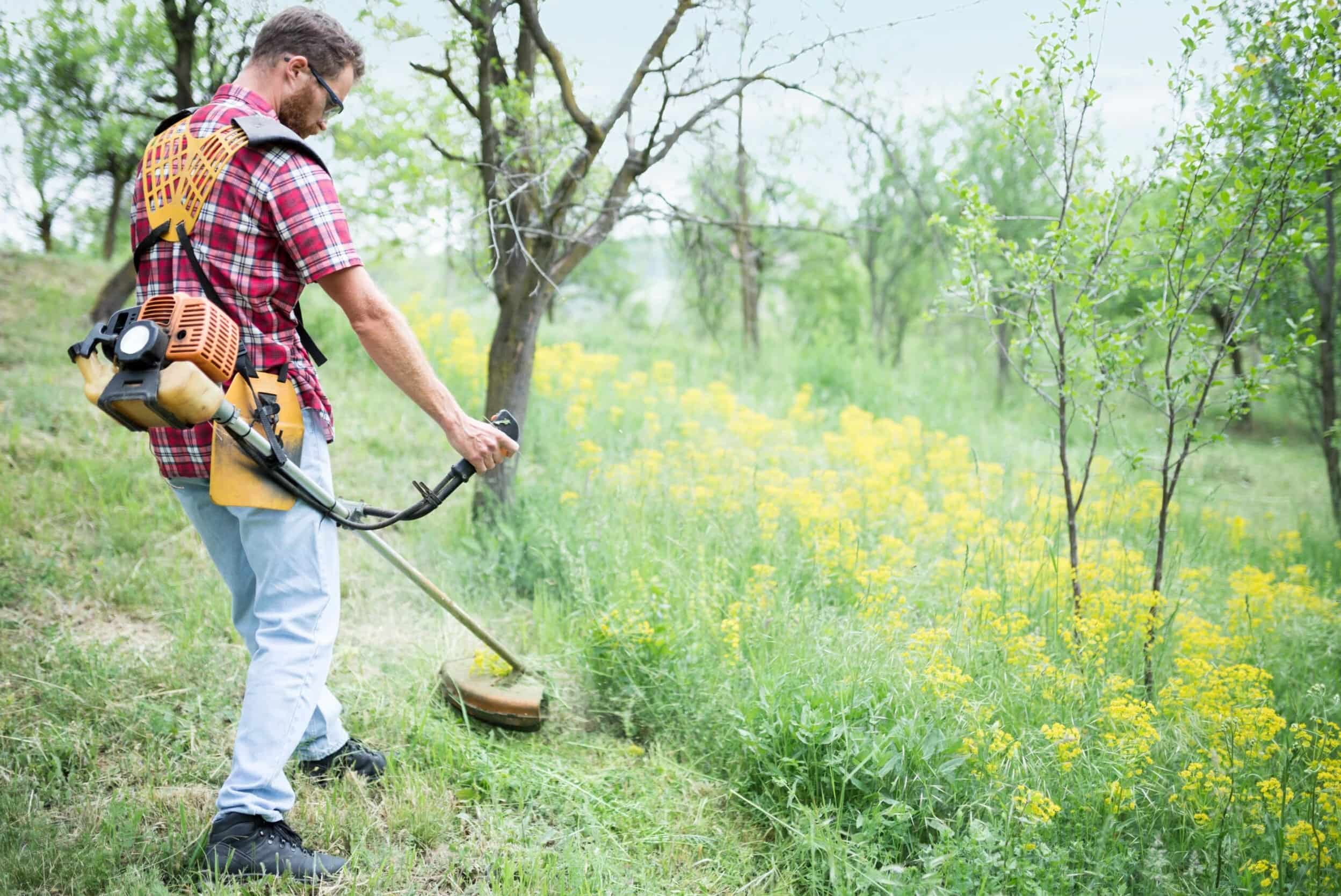
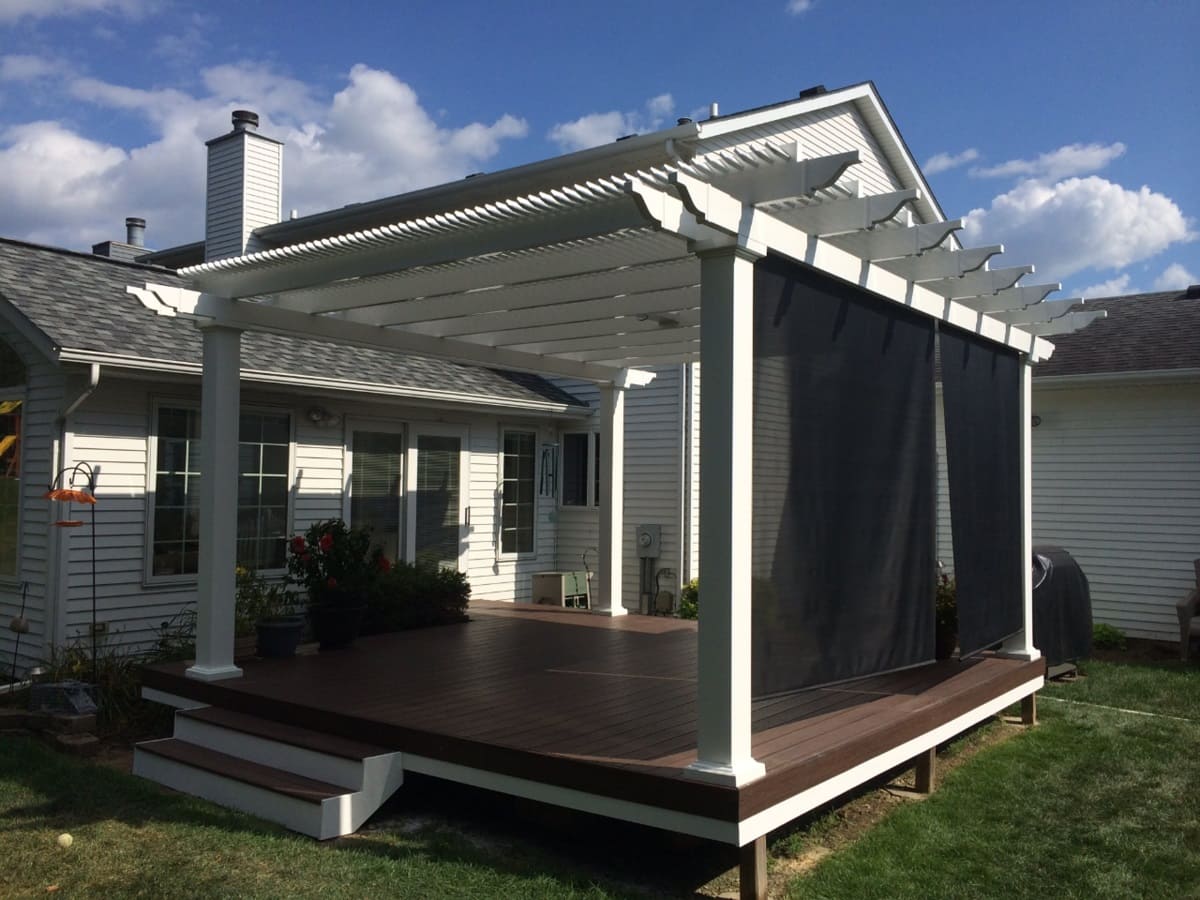
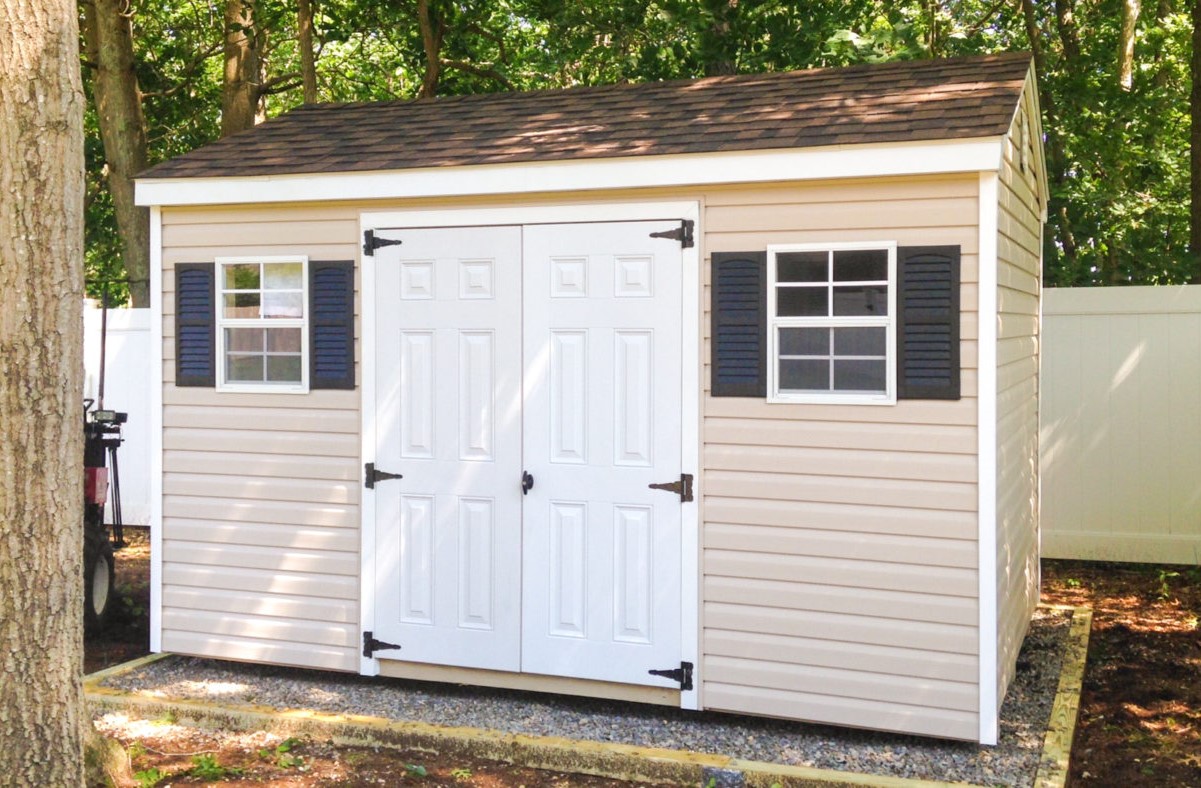
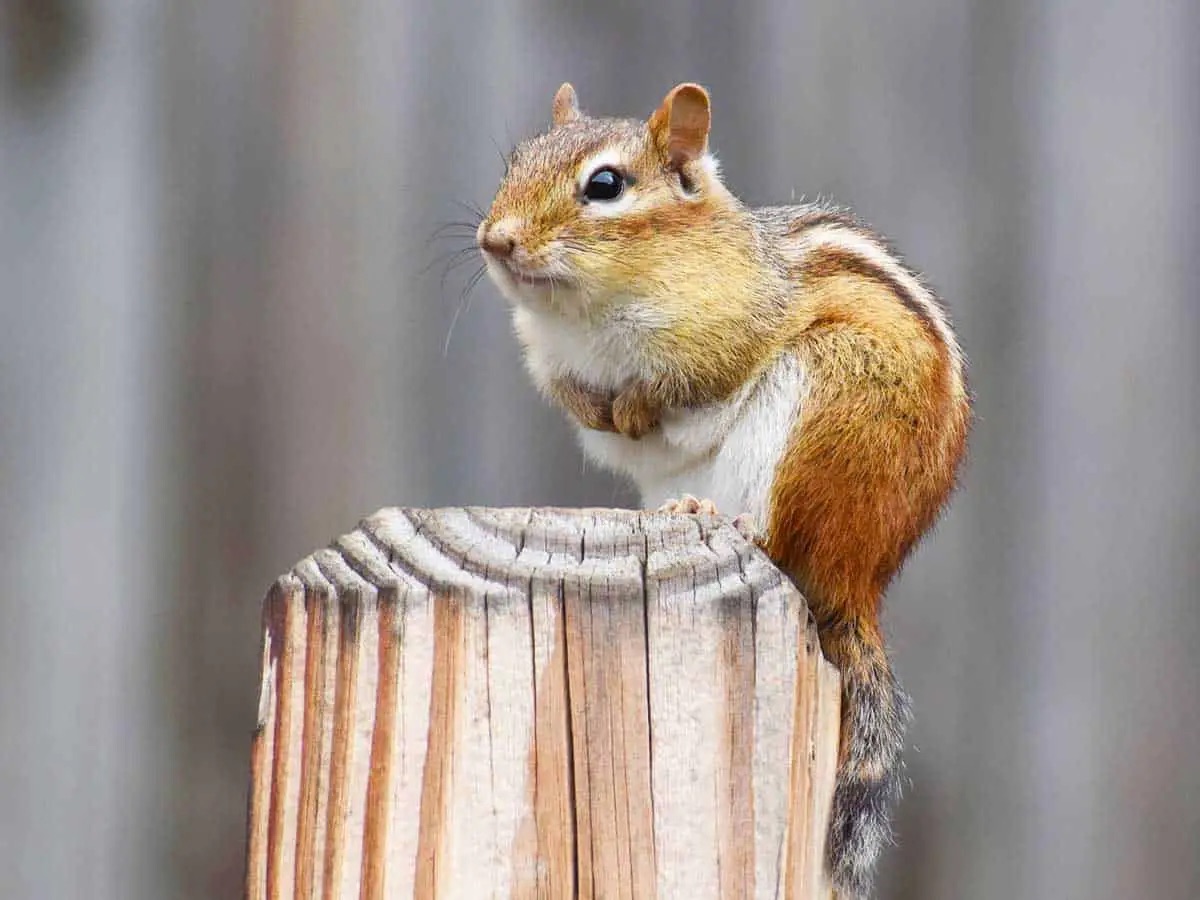
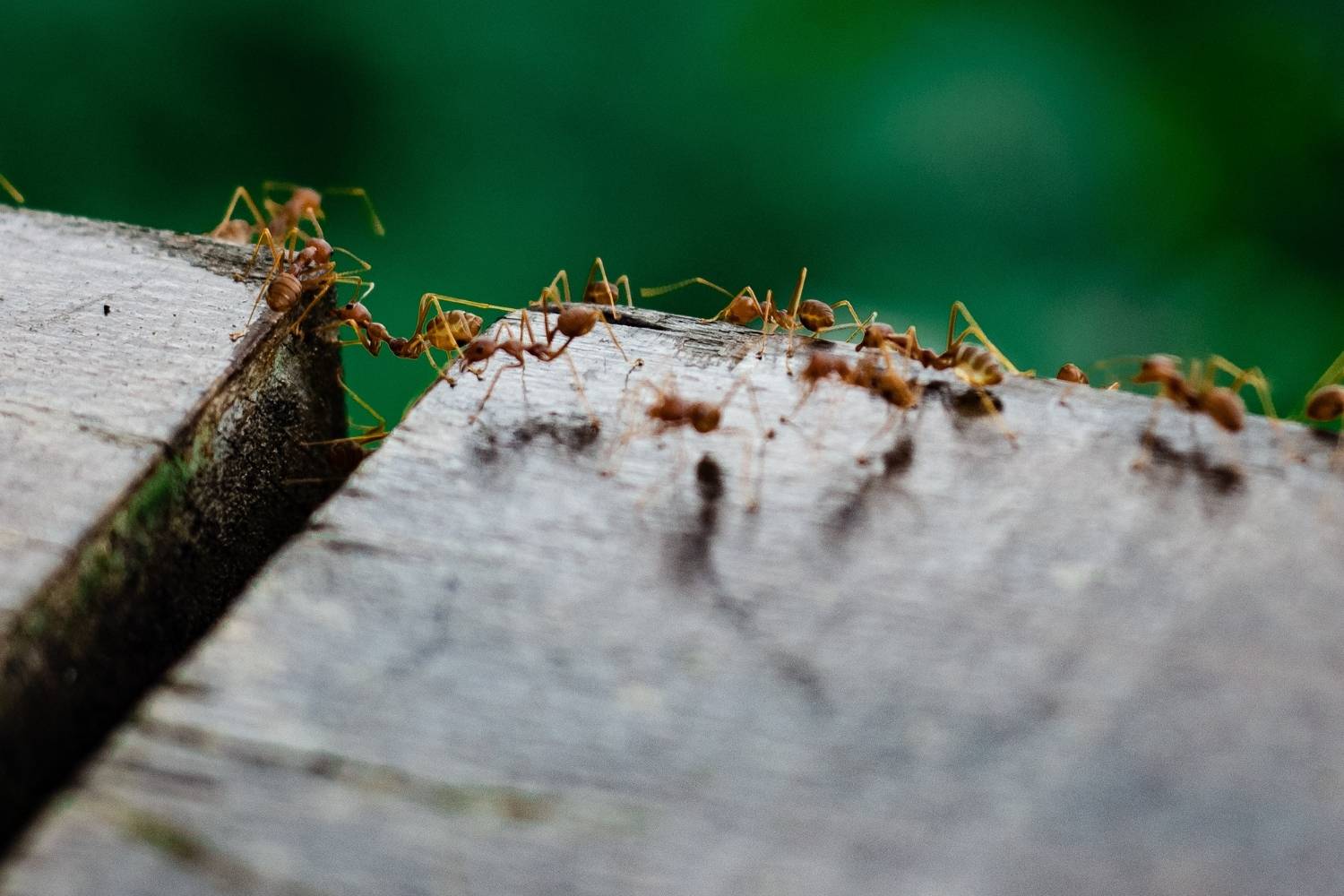

0 thoughts on “How To Get Birds Out Of Your Attic”